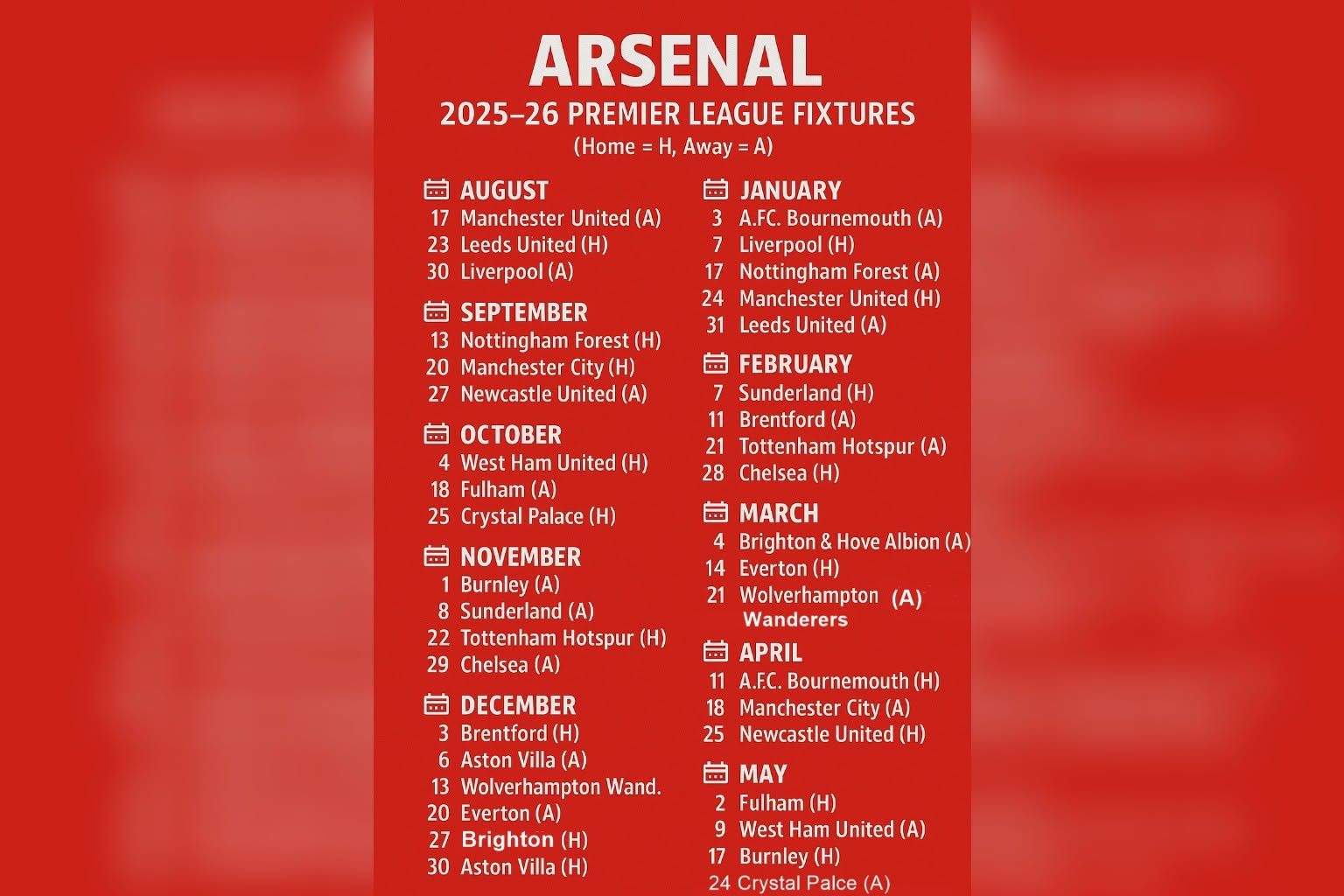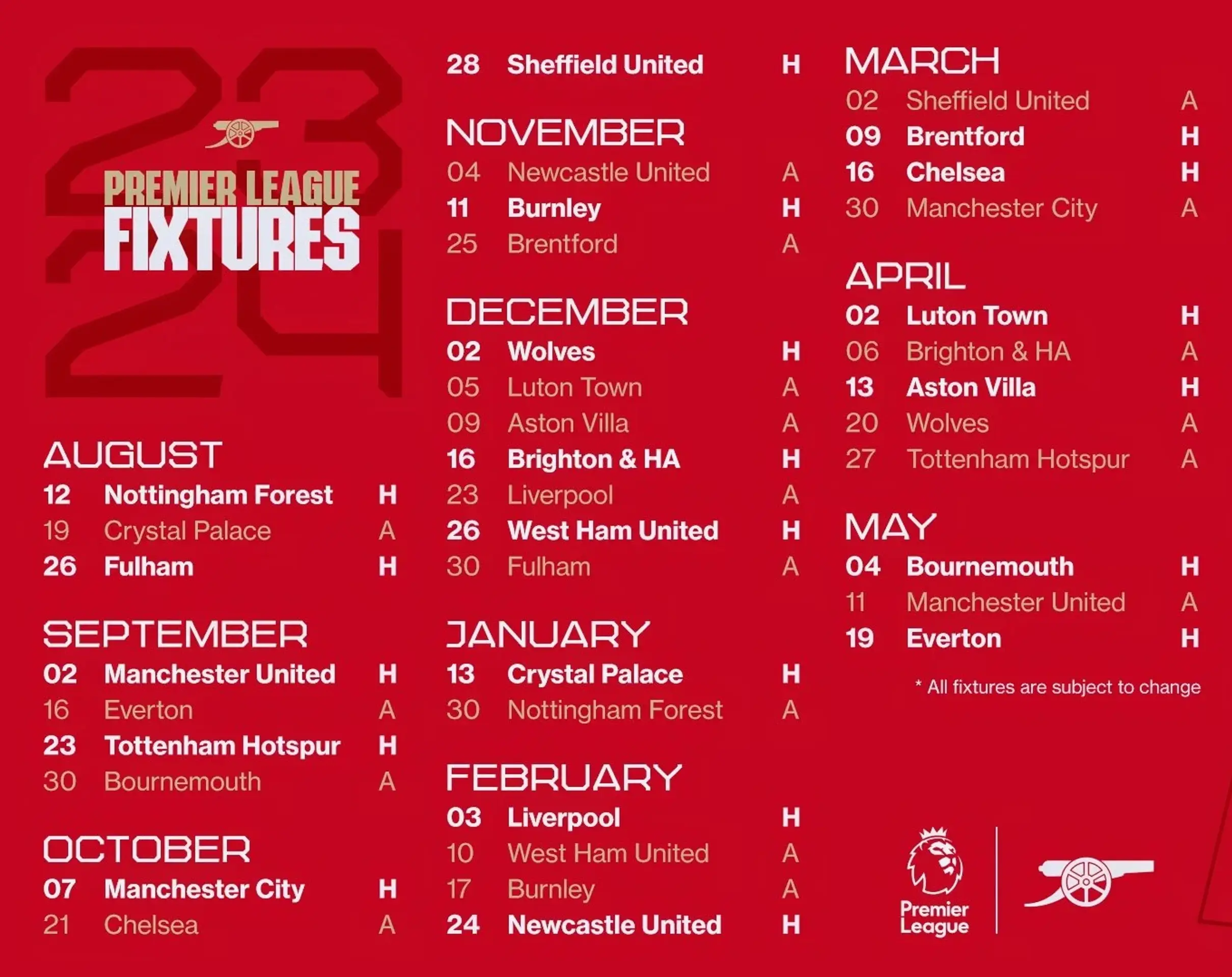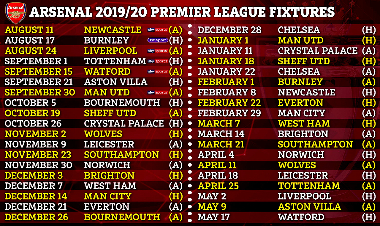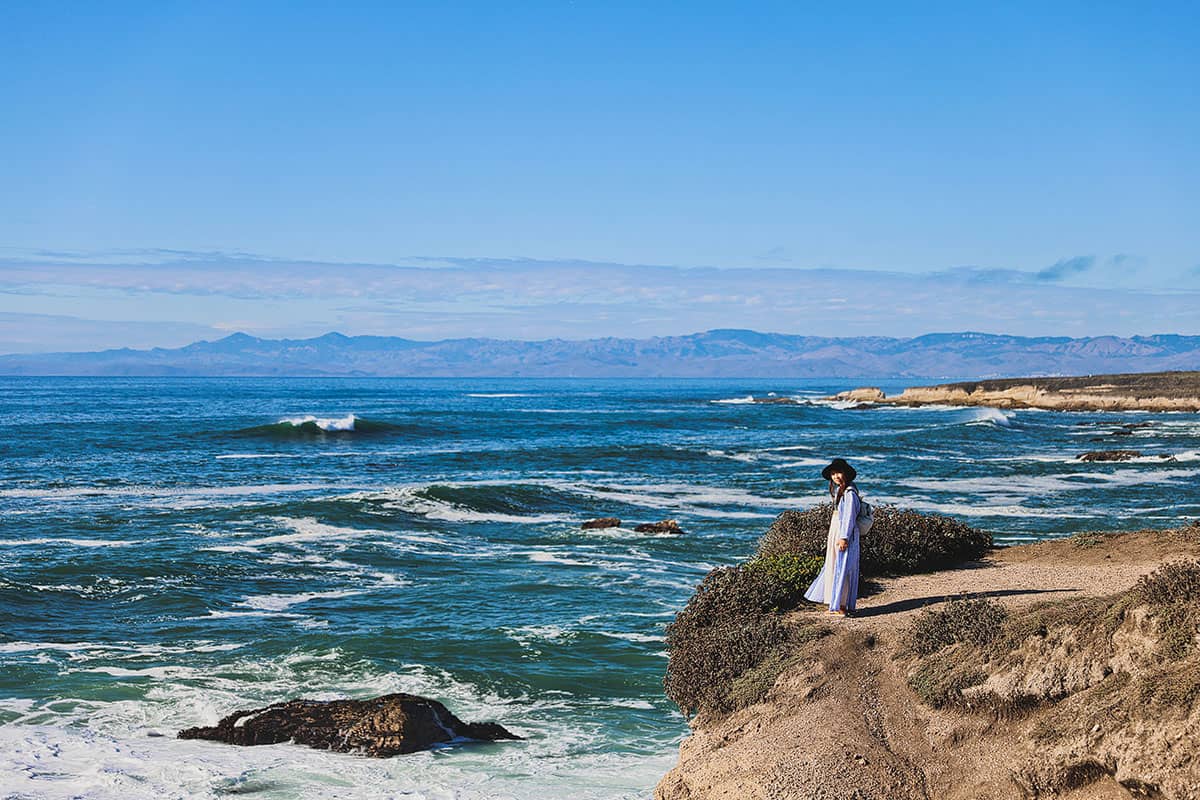A month-by-month guide to Costa Rica’s weather

No matter the weather in Costa Rica, the infectious pura vida (pure life) spirit permeates the country year-round. You can travel to Costa Rica at any time of year, too. Whatever the season, Costa Rica’s beaches are beautiful, the rainforests are rich in wildlife, and the enchanting mountains await.
While Costa Rica does have a rainy season and a dry season, the overall temperature doesn’t fluctuate that much. This country is always warm, with a yearly average of 26°C (79°F). If you’re travelling on a budget or have specific activities you want to do, it’s better to go during some months than others. While there’s no wrong time to visit Costa Rica, you might find that some times are more right for you. To help you choose when you go, here’s a month-by-month guide to Costa Rica’s weather.
Party under the Costa Rican sun in January
For Costa Rica weather in January, expect dry days, often with no rainfall and a satisfying amount of sun. The small town of Palmares throws Costa Rica’s largest festival over two weeks in January (Fiestas Palmares), with fireworks, live music, dancing, parades, and plenty of beer. It's an incredible opportunity to kick off your year with a bang.
February is a time to relax
In February, the Envision Festival in the small southern Costa Rican town of Uvita draws people to Costa Rica from all over the world for a week of wellness, providing an opportunity to immerse yourself fully in Costa Rica’s pura vida vibe. Costa Rica weather in February is a balmy 27°C (81°F) average, and the absence of rainfall makes this month ideal for such positive pursuits with the beach as the backdrop.
Leave your wellbeing to us on: Wellness Costa Rica
Visit Costa Rica's waterfalls in March
Costa Rica weather in March might have a whisper of rain, but it makes a great month to visit Costa Rica’s flourishing forests and thundering waterfalls. Like December, January, and February, March is one of the most desirable times to visit Costa Rica, so be sure to book your G Adventures tour in advance to avoid disappointment.
Experience it for yourself on: Costa Rica Quest
Costa Rica cranks up the heat in April
April is Costa Rica’s hottest month, with an average temperature range of 23°C to 36°C (73°F to 97°F). However, San José and the Central Valley stick around a 25°C average, so they make great bases at this time of year if you don’t like the heat. If warm Costa Rica weather in April is your thing, head to the country's hottest spot: Tamarindo on the Pacific coast.
May means rainy season
May marks the start of Costa Rica’s rainy season (also called the "green season"), and the average temperature starts to slowly descend from April’s high to an average of about 28°C (82°F). It does rain some, but usually in the afternoon or evening, so it's relatively easy to plan your days around.
Surfers should visit in June
Like May, June is just outside of peak season, so Costa Rica's beaches tend to be less crowded, and the surf is great. The average temperature is about 27°C (81°F), but the Costa Rica weather in June is pretty rainy. When the weather is particularly wet, you might be limited as to what you can do because some national parks or water-based activities may be considered unsafe in rainy conditions.
Spot whales and turtles in July
Costa Rica weather in July has an average temperature of 28°C (82°F) and a slight drop in rainfall compared to June. It's a good month for wildlife-watching. Head to Dominical towards the end of the month to spot humpback whales on their migration route or to Tortuguero National Park to see green turtles nest on the beaches.
Experience it for yourself on: Tortuguero National Park Tour – 4-Day Independent Adventure
August in Costa Rica stays warm and wet
The average temperature remains about 28°C (82°F) for Costa Rica's weather in August, but the average rainfall increases dramatically. Rainy season is a great time to see Costa Rica’s rainforests because the vegetation is lush and waterfalls are at their most thunderous. This month is also a good time for rafting and tubing, thanks to the increased water levels.
Experience it for yourself on: Costa Rica Adventure
Celebrate in the rain showers in September
September weather in Costa Rica is generally humid and overcast, and it rains almost every day. It can rain enough to cause road closures, so September and October are not reliable times to travel around Costa Rica by road. Costa Rica’s Independence Day falls on September 15, when people come together to celebrate with parades and performances, so it’s a great time to visit to experience the country in full swing despite the rain.
Heavy rain arrives in October
For Costa Rica weather in October, expect rainfall at its peak, but this month still promises draws for travellers despite an average of 125mm (5 in) of rain per day. The green season is ideal for surfing because the storms create big swells, plus the temperature is still warm, and the beaches are relatively empty. Limón Carnaval also keeps October on the Costa Rica events calendar. This port city’s 12-day street party is the Costa Rican equivalent of Rio de Janeiro's famous fiesta.
November is best for budget travellers
The rain starts to slow come November, but this month is still considered low season. Costa Rica weather in November is good for budget travellers and for escaping the crowds because flights and accommodations are cheaper. The weather is unpredictable, so if you can keep your travel plans loose and go with the flow, November could be the perfect time to visit Costa Rica.
December brings back dry season
December marks the beginning of Costa Rica’s dry — and high — season, when temperatures average 27°C (81°F) and rainfall drops from November’s 50mm (2 in) to a more manageable 15mm (0.6 in). Because December is a vacation month for many, the country is often busy and more expensive to visit, but thanks to the gorgeous Costa Rica weather in December, you're more likely to enjoy beach-friendly weather and drier days for long hikes and wildlife walks.
Experience it for yourself on: Costa Rica Active Adventure
Costa Rica weather FAQs
When is low season in Costa Rica?
Costa Rica’s weather determines the low season, which runs from May to November. Although it’s warm, these months bring plenty of rain, which can be unpredictable and unrelenting, particularly in October. The wet weather means it's cheaper to travel because the price of flights and accommodations goes down, but you might have to be more flexible on your plans to accommodate rainy days.
When is Costa Rica's rainy season?
Costa Rica's rainy season coincides with low season. Costa Rica’s rainiest months are May, June, August, September, and October. Rainfall peaks in October, but May and June often see days that start sunny and then cloud over, with downpours in the afternoons. In May and June, you can plan around the day’s wet patches somewhat, but be sure to pack wet-weather gear.
When is Costa Rica’s dry season?
Costa Rica’s dry season is from December to April, making it a great time to come for a beach vacation or a hiking holiday. As such, it’s also Costa Rica’s peak season, so travel and accommodations are more expensive, and activities and tours can get booked up. It’s worth planning and booking ahead if you have specific places in Costa Rica you want to see or top things to do on your list.
When is the best time to see turtles in Costa Rica?
You can see turtles nesting in Costa Rica year-round, but if you have your sights set on a specific species, you need to know where to go and when. Leatherbacks nest in Guanacaste from October through March. Black sea turtles and leatherbacks nest on the Nicoya Peninsula from June through December, while hawksbills and olive ridleys nest on the Nicoya Peninsula year-round. April through October is peak nesting season for leatherback and hawksbill sea turtles on the South Caribbean coast, but they can be seen year-round.
The most iconic sea turtle nesting area in Costa Rica is the north Caribbean coast, where leatherbacks start to nest from March. Loggerheads and green sea turtles follow, making it one of the world's most significant nesting sites for green turtles.
Spot them for yourself on: Journeys: Explore Costa Rica
When can you go whale-watching in Costa Rica?
Costa Rica has the longest humpback whale-watching season in the world, so it's a great place to see humpback whales when they come to the area to breed and feed. Northern humpbacks migrate through from December to April, with California humpbacks passing on Costa Rica’s Pacific side and Atlantic humpbacks on the Caribbean side. Humpback whale sightings are less likely in May and June, but from July to November, southern humpbacks can be seen on the Pacific side.
Blue whales and orcas have been spotted in Costa Rica's waters on occasion, but they're rare because they prefer colder water. Dolphins, however, can be seen here year-round.
Spot them for yourself on: Trek Hidden Costa Rica


























































































:format(webp)/cdn.vox-cdn.com/uploads/chorus_image/image/66321622/1206682849.jpg.0.jpg)

























:format(webp)/cdn.vox-cdn.com/uploads/chorus_image/image/67131045/1261725039.jpg.0.jpg)





































/origin-imgresizer.eurosport.com/2024/02/04/3880159-78836108-2560-1440.jpg)



















